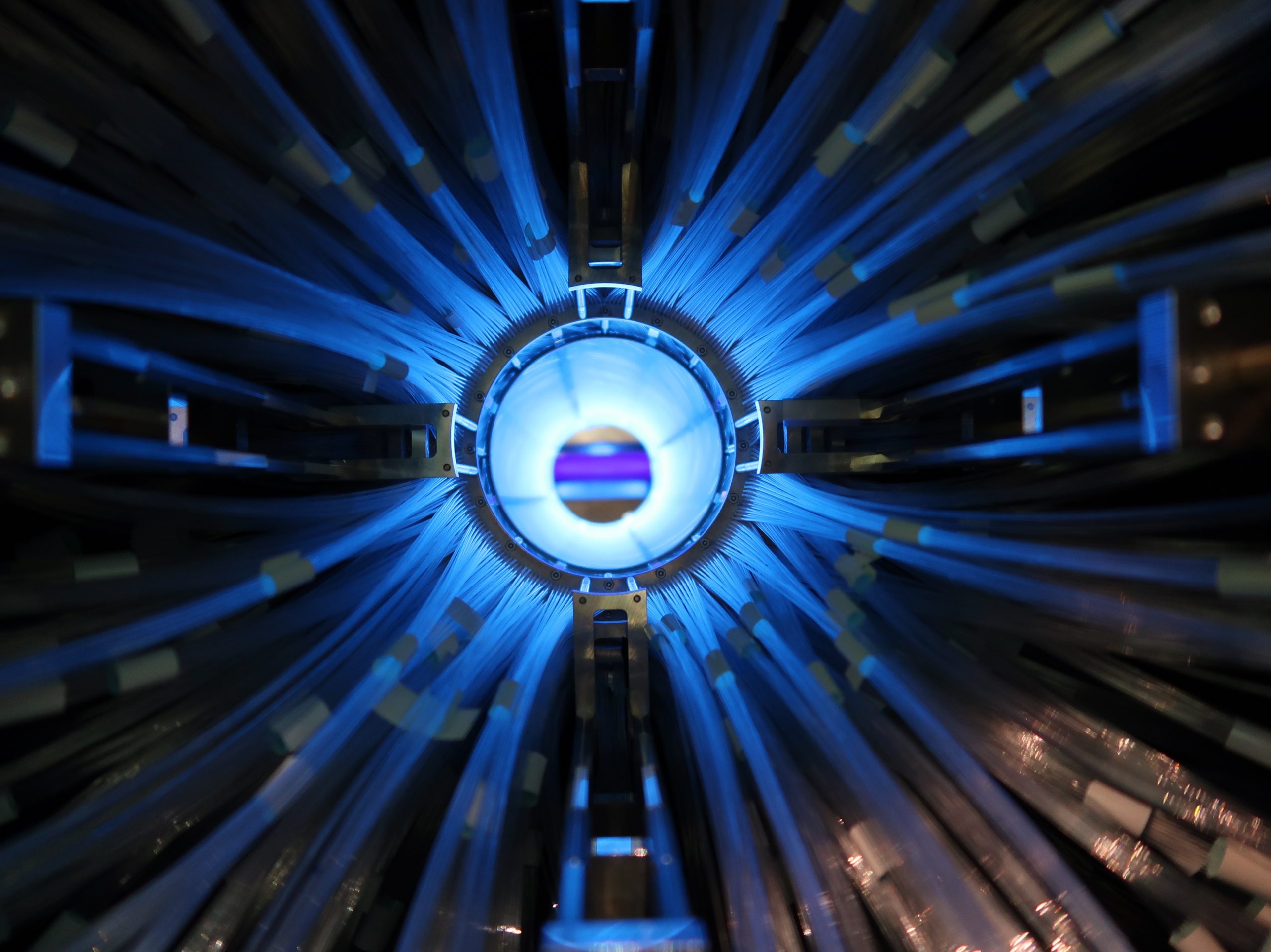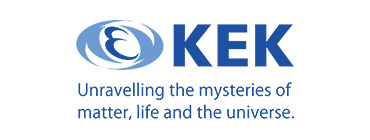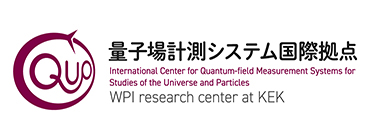- Topics
The Report on Belle II Physics Week 2024
November 1st, 2024
-

(c) KEK/Belle II collaboration
More than 150 physicists attended the Belle II Physics week 2024, held at the KEK Tsukuba Campus from 14 to 18 October. This included experts from theory community and experimentalists from Belle II and also from other experiments, including the ATLAS and LHCb experiments at CERN. Physics Weeks have been held annually and this was the 7th time that it has been held. It was organised with the KEK Theory Center, and was sponsored by the Toshiko Yuasa Lab (TYL), Kobayashi-Maskawa Institute, and US-Japan Science and Technology Cooperation Program in High Energy Physics.
During the early stages of Belle II data taking, Physics Weeks were focused on topics and activities specific to Belle II; for the last couple of years, broader topics have been explored, with more experts from outside of Belle II being invited, with the aim of fostering dialogue between theorists and experimentalists. The week was divided into “school” sessions in the mornings, and “workshop” sessions in the afternoons, to facilitate active discussion between all of the participants. Each Physics Week has a topic, covering all aspects of the topic while highlighting Belle II’s role within the field. This year’s topic was Tau Physics and the Dark Sector.
We interviewed Jim Libby, the Belle II physics coordinator and one of the organizers for Physics Week:
Q: What was the motivation to invite more people from outside, especially theory experts?
Jim: The reason is mainly to encourage dialogue between the two communities. There’s a great deal of interest amongst theorists in the physics program of Belle II, particularly because there are some unique features compared with other experiments, and they can certainly help us understand if there are new things we should be doing or new things to look for. This can happen during the workshop part of the physics week. As we’re bringing these people here, we also use it as an opportunity to give pedagogical lectures from real experts who we don’t normally interact with. This allows people who don’t have such experts in their institutes, to learn more about the subject and its relevance to Belle II.
Q: What were the highlights from tau physics and the Dark Sector?
Jim: In terms of highlights, it’s still quite early, but we had one new analysis shown on the Dark Sector during Physics Week, which is the first time we’ve measured or searched for a certain type of dark matter, so-called inelastic dark matter. It’s a very complicated analysis. We haven’t found anything, otherwise, you would have heard about it already. But we set new limits on this type for the first time. In the tau sector, we’re just getting to a point where we’ll be having many of the best measurements in the world related to the tau lepton. There have been a couple in the last year or so, we’ve measured the tau mass better than anybody else. And we’ve also searched for a very forbidden decay in the Standard Model, which is very sensitive to possible physics beyond the standard model. We’ve set the best limit of all the experiments in the world, including the LHC.
Q: Could you share your overall impression of this Physics Week?
Jim: As one of the organizers, I’m going to say it was a success because, I think overall, we had some nice new ideas during the workshop, certainly three or four more measurements now that we will do that came out of the ideas that were presented. So, I think there was a real scientific goal. Also, I think it’s very good for our real workers on the experiment, who are the Ph.D. students and the postdocs, who are the main audience. They get to not only learn all this, but also get to know each other a lot better during this week, because we have a poster session, and they work on challenges together. The second important aspect is, it all works on two levels, one is a very soft, social level, which is good for the whole collaboration, and another is the hard, scientific benefit.
-
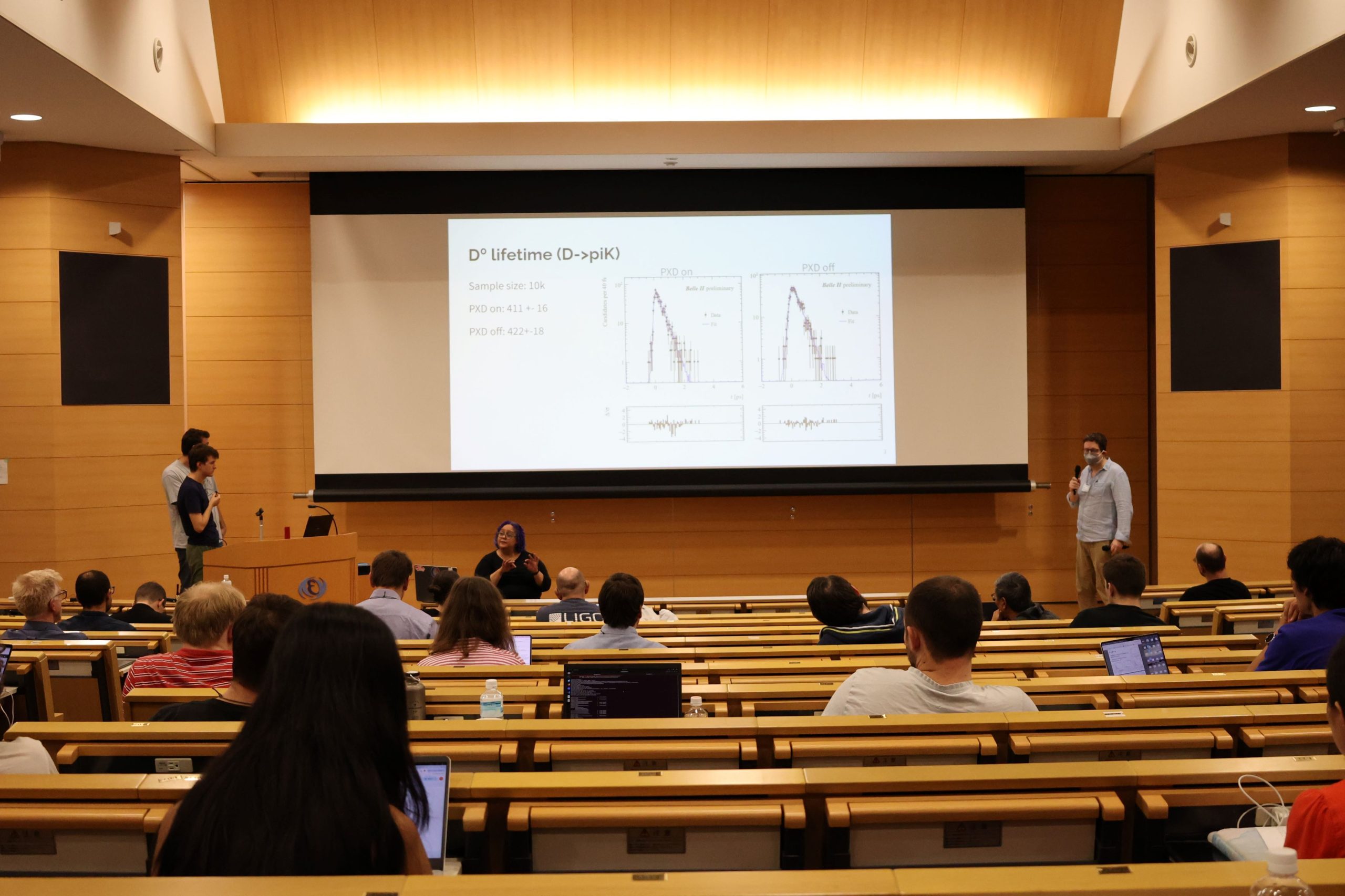
For this Physics Week, sessions included sign language interpretation (c) KEK/Belle II collaboration
During Physics Week, each morning featured insightful lectures, hands-on sessions, and tutorials. Lorenz Ennio Gaertner and Michele Veronesi shared their thoughts on the experience.
Lorenz reflected, “It’s a great idea to combine a school part with a workshop. The topics we cover during Physics Week are very broad. Some participants have little knowledge, while others are experts. It’s challenging to keep everyone engaged with a single agenda. Personally, I’m not an expert on the Dark Sector, but I learned a lot about it during the school sessions, which helped me contribute to some of the discussions.” Michele also shared his perspective on the hands-on sessions: “The hands-on sessions introduced the software we use in the Belle II experiment, helping participants kick-start their own research projects. Although the students were at different levels—some advanced, some beginners—the goal was to teach them how to use the software tools essential for physicists in this experiment. This environment was incredibly beneficial for students, helping them advance their careers in physics.”
-
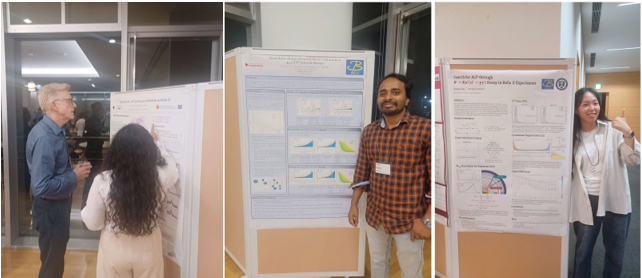
The poster session took place on Wednesday evening (c) KEK/Belle II collaboration

